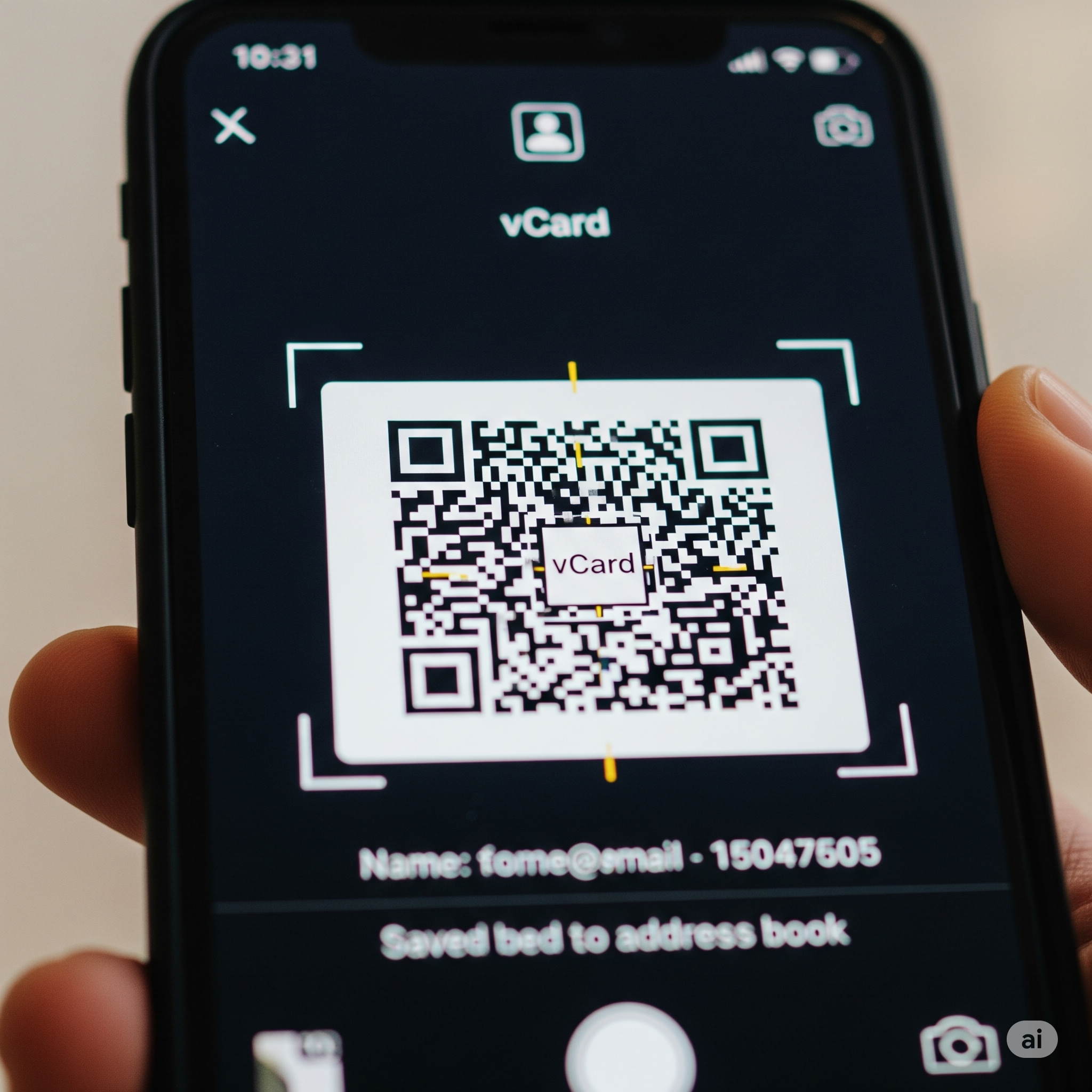In today's fast-paced digital world, standing out from the crowd is crucial, especially when it comes to your online CV or portfolio. While platforms like Portfolios.id make it incredibly easy to create a stunning online presence, sometimes you need that extra little push to bridge the gap between the physical and digital realms. Enter the QR code – a small, scannable square that can open up a world of possibilities for showcasing your talent.
Gone are the days when QR codes were just for website links. With a little creativity, they can become a powerful tool in your job search or client acquisition strategy. Let's dive into 10 smart ways you can use QR codes to elevate your online CV or portfolio:
1. Direct Link to Your Portfolio Homepage
- This is the most straightforward and effective use. Place a QR code on your business cards, printed resume, or even event brochures that, when scanned, immediately takes recruiters or clients to your main Portfolios.id homepage.
2. Showcase Specific Projects
- Have a project you're particularly proud of that aligns with a specific job application or client's needs? Create a QR code that links directly to that individual project page within your portfolio. It's targeted and efficient.
3. Link to Your Video Introduction
- Want to make a personal connection? Record a short video introduction about yourself, your skills, and what you bring to the table. Upload it to YouTube or Vimeo and generate a QR code that links directly to it from your printed materials.
4. Provide a Downloadable PDF Resume
- While your online portfolio is dynamic, some employers still prefer a PDF. Create a QR code that allows them to instantly download a neatly formatted PDF version of your resume or a detailed case study.
5. Connect to Your LinkedIn Profile
- LinkedIn is a powerful networking tool. Use a QR code to directly link to your professional LinkedIn profile, making it easy for interested parties to connect and explore your professional network and endorsements.
6. Easy Contact Information (vCard)
- Instead of typing out your contact details, generate a QR code that, when scanned, automatically adds your contact information (name, phone, email, etc.) to the scanner's phone contacts. This is incredibly convenient for networking events.
7. Highlight Testimonials or Recommendations
- Build trust by sharing what others say about you. Create a dedicated page on your portfolio for testimonials or collect them on a platform like Google My Business or LinkedIn. Use a QR code to direct viewers there instantly.
8. Link to a Case Study or Whitepaper
- If you have in-depth work, research, or a whitepaper that demonstrates your expertise, create a QR code that links directly to its location, whether it's on your portfolio, a cloud storage link, or a dedicated blog post.
9. Share a Portfolio Update Alert
- For ongoing client relationships or follow-ups after an interview, you could use a QR code (perhaps in an email signature or follow-up card) that links to a "What's New" section or a recently updated project in your portfolio.
10. Direct Link to Your Services or Pricing Page
- If you're a freelancer offering specific services or have a pricing structure, a QR code can take potential clients straight to that information, streamlining their decision-making process.
QR codes offer a unique blend of convenience and innovation, allowing you to bridge the gap between your physical presence and your extensive online portfolio. By strategically integrating them into your CV, business cards, or other marketing materials, you can provide an immediate, engaging, and comprehensive look at your professional capabilities. Start experimenting with QR codes from Portfolios.id today and watch your opportunities multiply!
